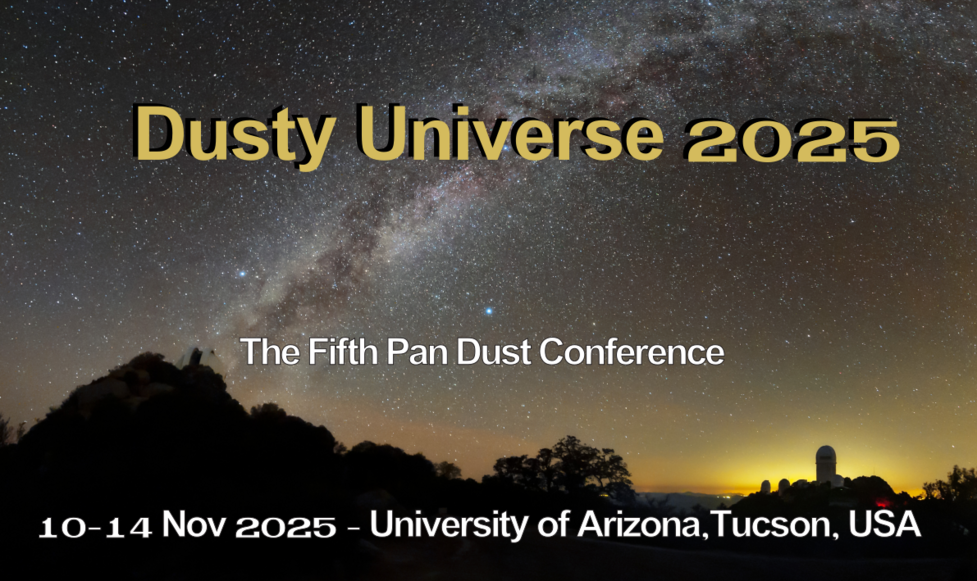Understanding variations in the dust extinction curve is imperative for tracing the 3D structure of the interstellar medium (ISM), understanding dust chemistry, and performing extinction corrections. However, the extinction curve is complicated and exhibits features across a wide range of wavelength scales, from relatively narrow diffuse interstellar bands (“DIBs”), to intermediate-scale structures (“ISS”), and the overall slope of the optical extinction curve, parameterized by R(V). In this talk, I will present the first robust, population-level study of these disparate-wavelength-scale features derived by coupling new high (APOGEE/GaiaRVS) and low (GaiaXP) resolution all-sky spectroscopic surveys. We find meaningful correlations between extinction-curve features across all wavelength scales, suggesting DIBs can be used as chemical handles for interpreting extinction curve variations beyond R(V). Two DIBs exhibit line shape variations as a function of R(V), which we use to provide constraints on ISM temperature variation and DIB carrier molecular structure. We also use these extinction curve variations to explain excess scatter in correlations between DIB strength and extinction, which has implications for next-generation 3D dust maps with line-of-sight kinematic information. We find most DIBs increase in strength with increasing R(V) and/or increasing strength of the ISS, though one (of eight) anomalously decreases in strength. Using the behavior of the ensemble of DIBs, we present this as the first evidence of chemical variation accompanying R(V) variation. Ultimately, our results provide a roadmap for leveraging current and future low resolution all-sky surveys, such as SPHEREx, to constrain variations in the chemical inventories relevant for dust formation.

|
|
|
|
Correlations between Extinction Features across Wavelength Scales: Realizing DIBs as Chemical Tracers
1 : Princeton University
2 : Max Planck Institute for Astronomy
* : Corresponding author
|
 PDF version
PDF version
